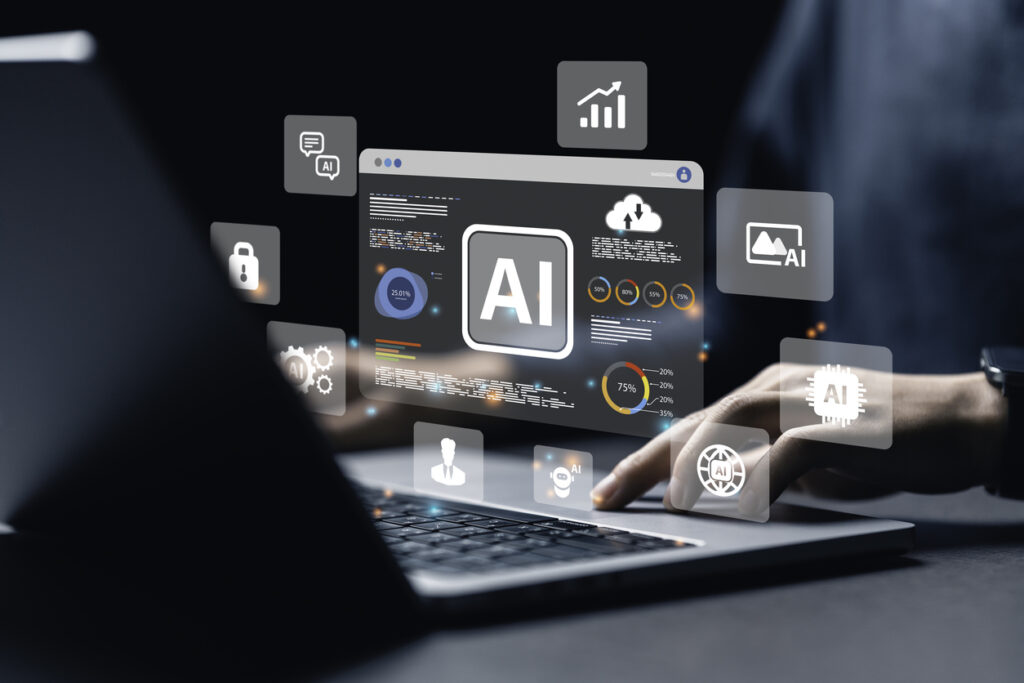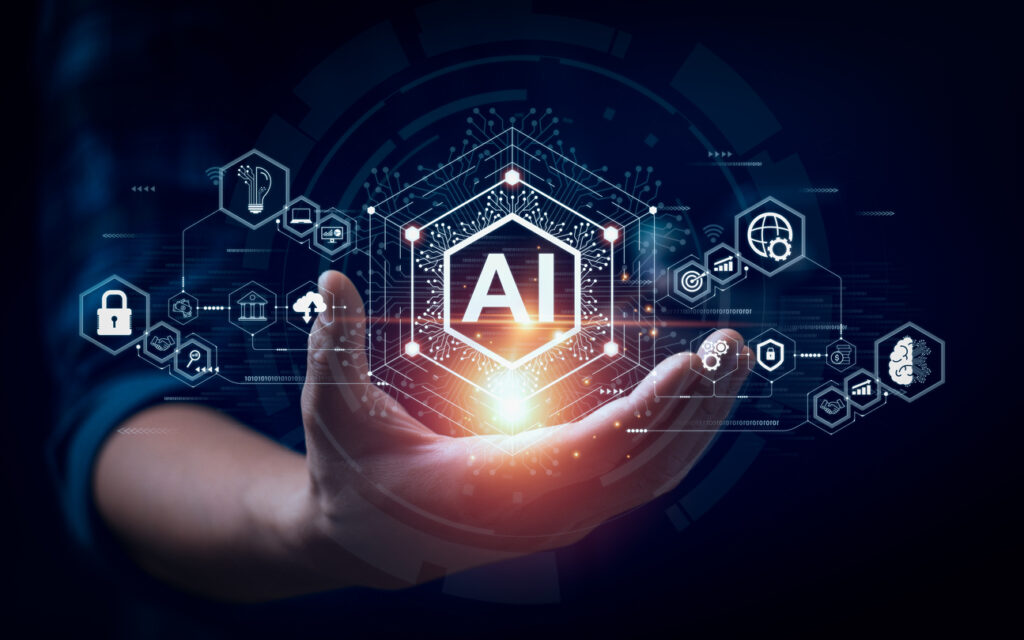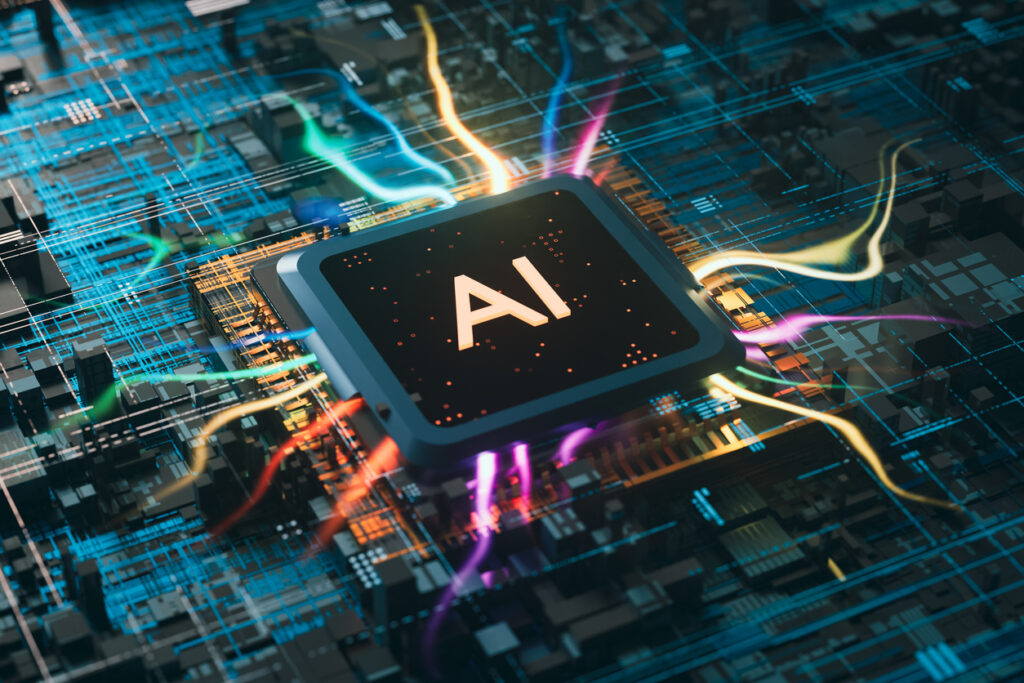Introduction
Artificial intelligence (AI) is reshaping the modern workplace, offering businesses tools that enhance efficiency, automate routine tasks, and support decision-making. However, its use is not without challenges. Companies must consider factors like privacy, bias, and intellectual property concerns to deploy AI responsibly. In this post, we explore how AI is being utilized across industries, the benefits it offers, and the circumstances where its use might need to be restricted to protect sensitive data and maintain ethical standards.



How AI is Used in the Workplace
1. Automation of Routine Tasks
AI is ideal for automating repetitive activities such as data entry, scheduling, and inventory management, leading to increased efficiency and fewer errors.
- Example: Chatbots used in customer service to handle basic queries, freeing up human agents for more complex tasks.
2. Data Analysis and Insights
AI can quickly analyze large datasets, uncovering valuable insights and trends that can guide business strategies.
- Example: AI-powered tools in marketing help predict purchasing trends, allowing companies to tailor their campaigns more effectively.
3. Enhancing Decision-Making
AI provides predictive analytics and scenario modeling, which can significantly aid strategic decision-making, particularly in sectors like logistics and human resources.
- Example: AI helps HR teams sift through job applications, identifying top candidates based on preset criteria, reducing the risk of human bias.
4. Improving Workplace Safety
In industries like manufacturing and construction, AI is used to monitor equipment and detect potential hazards, improving overall safety.
- Example: AI systems can predict when machinery is likely to fail, enabling preventative maintenance and reducing the risk of accidents.
When AI Use Might Be Restricted
1. Privacy Concerns
AI systems that collect and process personal data must comply with privacy regulations such as GDPR and HIPAA to prevent data breaches and misuse.
- Example: Using AI to monitor employee activity may boost productivity but can also infringe on privacy, creating ethical concerns.
2. Bias and Discrimination
If trained on biased datasets, AI can inadvertently reinforce existing biases, particularly in hiring or decision-making processes.
- Example: Companies often combine AI assessments with human review in hiring decisions to avoid biased outcomes.
3. Creative and Complex Problem-Solving
While AI excels at data-driven tasks, it struggles with creativity, emotional intelligence, and nuanced problem-solving, limiting its role in creative industries.
- Example: AI tools may assist with idea generation, but human creators are still needed to develop content that connects emotionally with audiences.
4. Ethical Concerns
AI-driven surveillance or productivity tracking can feel intrusive, raising both ethical and legal issues.
- Example: Retailers using AI to monitor employee movements may face ethical concerns regarding privacy and autonomy.
5. Protecting Intellectual Property and Trade Secrets
AI systems interacting with sensitive data or proprietary processes can pose significant risks if not properly managed. Companies may limit AI use to protect their intellectual property (IP) and trade secrets.
- Example: A tech company developing proprietary software might restrict the use of third-party AI tools to prevent exposing its source code or algorithms.
6. Regulatory Compliance
In highly regulated sectors like healthcare or finance, AI must adhere to strict compliance standards. Companies may limit AI use to ensure they remain within legal frameworks.
- Example: Financial institutions may restrict AI-driven trading algorithms to avoid violating market regulations or triggering unintended manipulation.
Finding a Balance
To maximize the benefits of AI while mitigating risks, businesses should adopt a balanced approach. Combining AI’s capabilities with human oversight often provides the most effective way to innovate responsibly, ensuring compliance with ethical standards and regulatory guidelines.
Conclusion
AI’s transformative potential in the workplace is clear, but businesses must navigate its use carefully. By understanding both the advantages and the limitations of AI, companies can leverage its power while protecting privacy, ethical standards, and proprietary information. As AI continues to evolve, organizations that remain adaptable and informed will be best positioned for success.